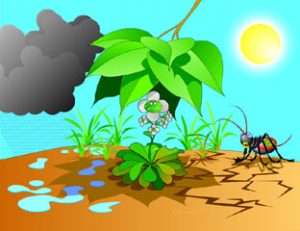Welcome to the Chory lab
 Plant growth and development are regulated by interactions between the environment and endogenous developmental programs. Of the various environmental factors controlling plant development, light plays an especially important role, in photosynthesis, in seasonal and diurnal time sensing, and as a cue for altering developmental pattern. Our lab is interested in identifying the mechanisms by which plants alter their shape and size in response to changes in their light environment. We use Arabidopsis thaliana, an ideal organism for genetic and molecular investigations of signaling networks.
Plant growth and development are regulated by interactions between the environment and endogenous developmental programs. Of the various environmental factors controlling plant development, light plays an especially important role, in photosynthesis, in seasonal and diurnal time sensing, and as a cue for altering developmental pattern. Our lab is interested in identifying the mechanisms by which plants alter their shape and size in response to changes in their light environment. We use Arabidopsis thaliana, an ideal organism for genetic and molecular investigations of signaling networks.
On this website, you can read about our research, meet the people in the lab, and find links to our lab’s databases and research tools. You can also browse some of our favorite publications, and learn more about the Salk Institute for Biological Studies and The Howard Hughes Medical Institute.